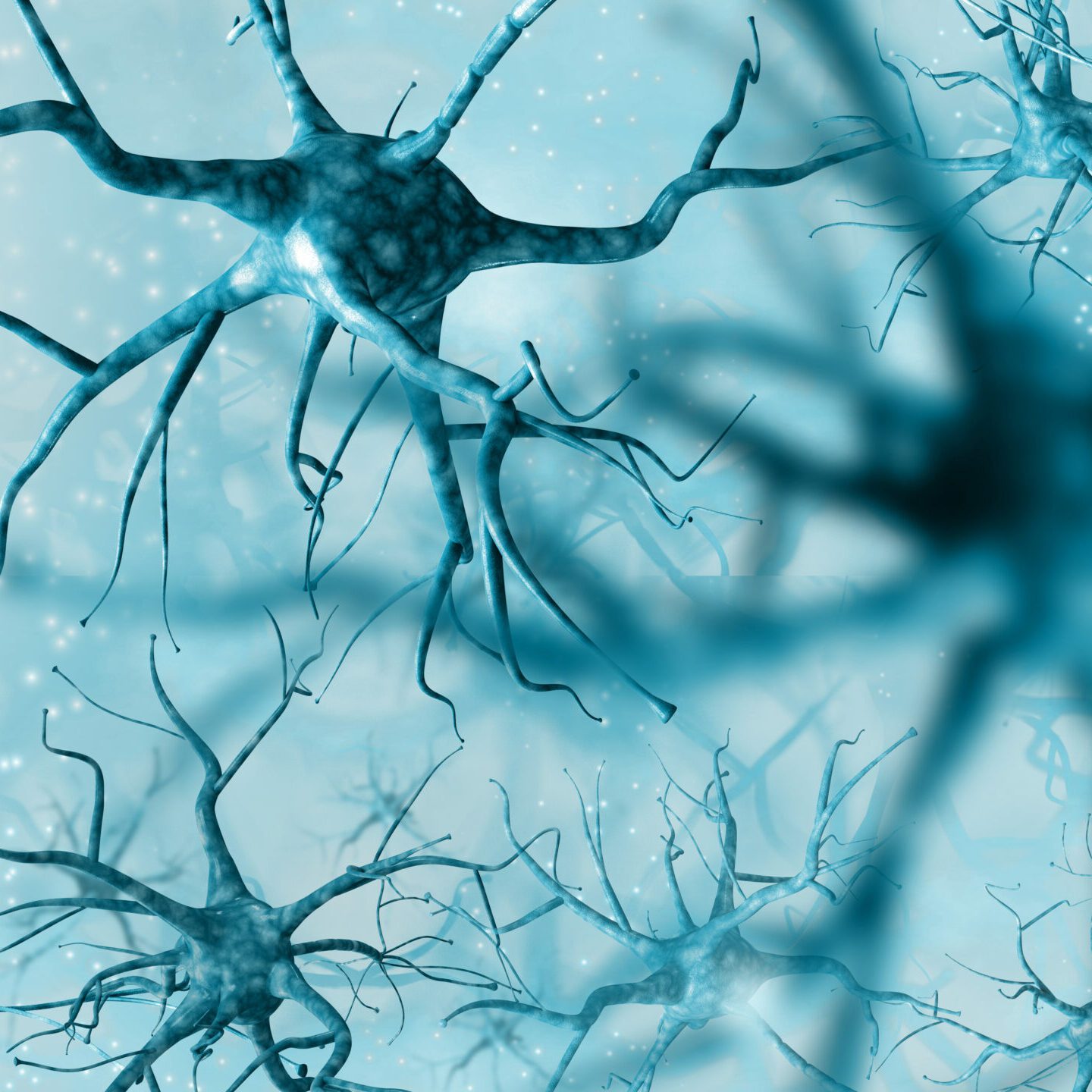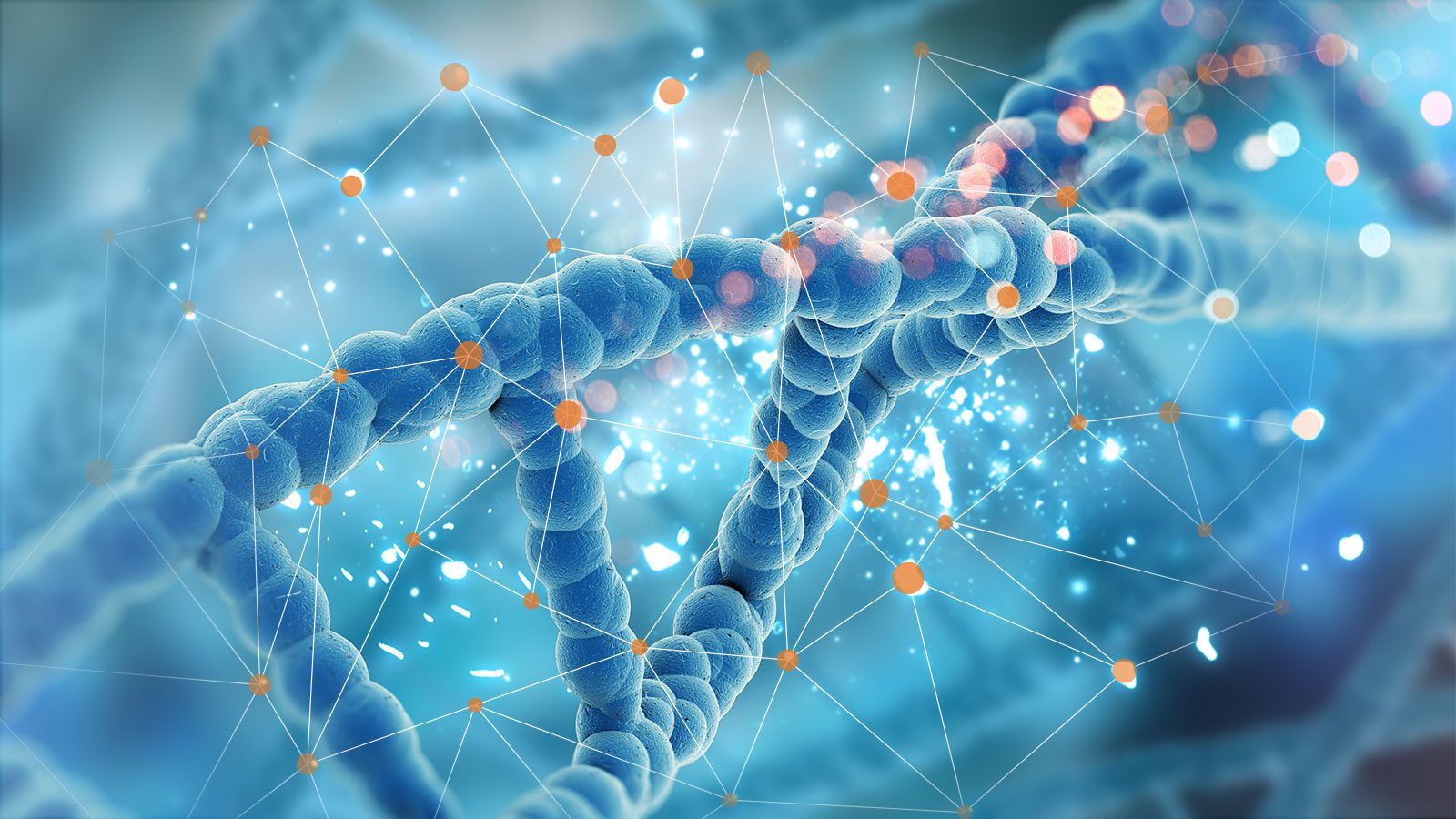A powerful team of scientists from the University of Sheffield, the University of Pennsylvania, Stanford, and the Weizmann Institute is working together to better understand what causes ALS, and how to stop it. They’re using advanced tools like artificial intelligence, high-speed genetic screening, and detailed cell imaging to find out how small changes in our DNA may lead to this devastating disease.
| ALS 101: Antisense Oligonucleotide (ASO): A short strand of lab-made genetic material designed to “switch off” a harmful gene, like turning off a light. Cilia: Tiny, hair-like structures on the surface of cells that help them sense their surroundings and communicate. Organelles: The “mini-organs” inside a cell that each perform specific jobs, like managing energy, waste, or communication. Organellome: A map of how these tiny cell structures change in disease, helping scientists link cell damage to symptoms. |
One important discovery centers on a gene called CCDC146, which becomes overactive in ALS and appears to damage tiny antenna-like structures on cells called cilia. These cilia help cells sense and respond to their environment. In lab experiments using mice, researchers were able to “turn down” this gene using a special treatment called an antisense oligonucleotide (ASO); a short strand of synthetic genetic material that can switch off harmful gene activity. The result? Improved survival of motor neurons.
The consortium members have created the tiny structures inside cells, known as organelles. These include things like P-bodies and peroxisomes, which help with tasks such as breaking down waste or managing energy. Changes in the behavior of these organelles, what the team calls the “organellome”, are giving scientists new clues about how the disease progresses. Their state-of-the-art methods will allow them to study the detailed effect of CCDC146 reduction on cellular activity as well as many other potential therapeutics.
One surprising finding: people with ALS caused by different genes can still show similar patterns of damage at the cellular level. This suggests that looking at what’s happening inside cells might be more useful for identifying treatments than looking at genetics alone.
The team is also exploring how these changes show up in different types of ALS, like faster versus slower progressors, and in different kinds of cells beyond just motor neurons. By layering together genetic clues, cell-level changes, and patient outcomes, they hope to identify treatments that can be more tailored and more effective.
💡 Key Takeaway
This research shows how cutting-edge science can turn complex genetic and cellular information into real-world solutions. By understanding what goes wrong in ALS at the level of genes and cells, scientists are getting closer to designing personalized treatments that could slow or even stop the disease. CCDC146 is a new therapeutic target actively being pursued by Cooper-Knock and team.




